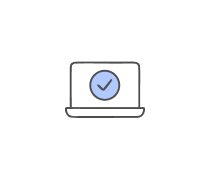Icttrends-BPO-01 Computer GK For Bank Probationary Officers & Clerk Exams
- IBPS
- SBI
2.
You may optionally provide this to label your report, leaderboard, or certificate.
×
Thank you for your feedback!

















